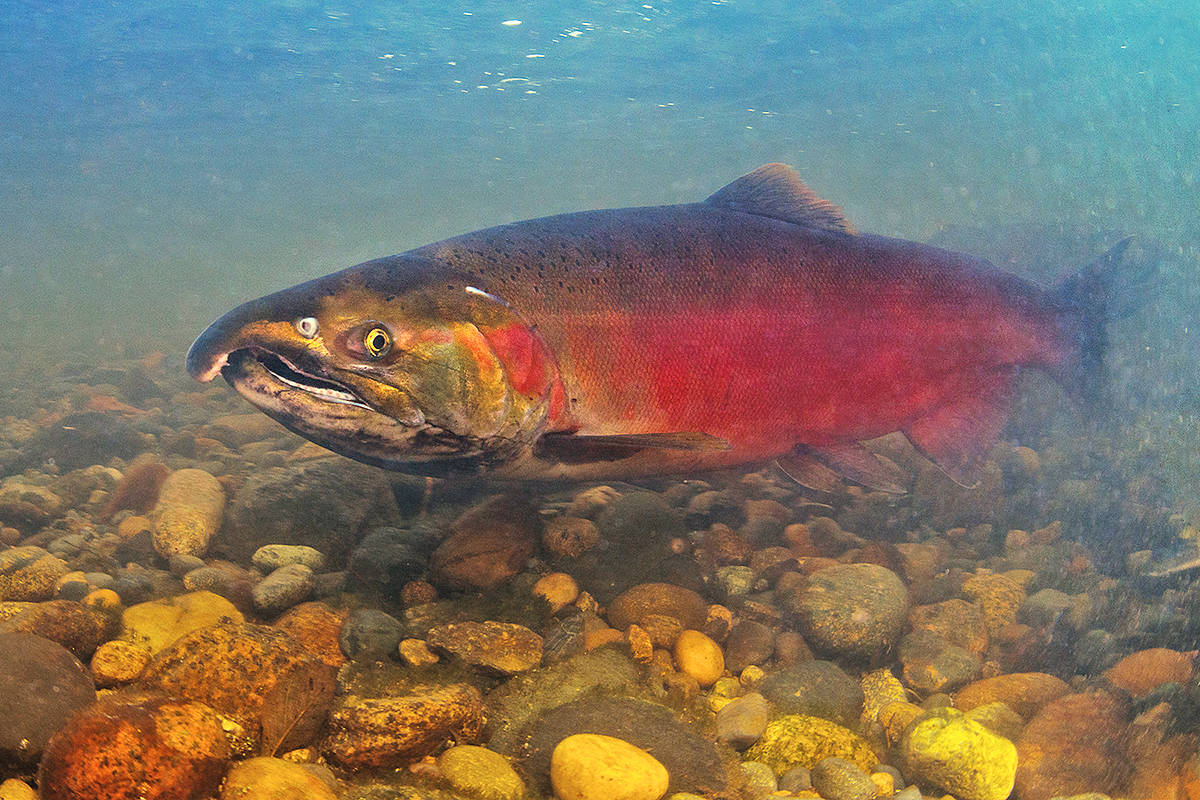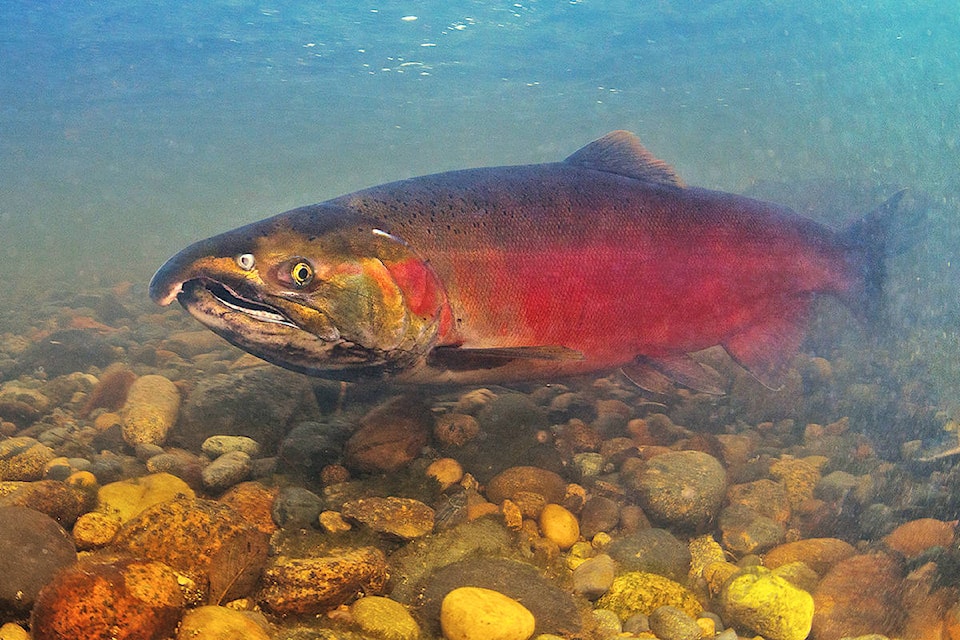When a friend told Fernando Lessa that there were fish swimming through a stream in a Greater Vancouver city, he had to see it for himself.
The idea that a waterway running through a developed residential neighbourhood was alive with salmon was something hard to imagine for Lessa, a professional outdoor photographer who had moved to Canada from Brazil, a country where pollution and neglect is damaging streams and rivers.
“I went there (to the Vancouver-area stream) expecting to see one or two.”
Instead, the stream was full of salmon, splashing through the water.
“I was really impressed,” he recalls.
READ MORE: VIDEO: Salmon influx a sign of success
Lessa, an experienced outdoor photographer and diver, knew what his next project was going to be.
He’s taken pictures in the Amazon forest, the Brazilian Savannah, tropical rain forest and the Atlantic ocean, with photo credits that include the National Geographic Magazine in Brazil, Underwater Photography Magazine in the U.K. and Diving Magazine in Brazil.
Now, he wanted to provide a unique view of the fish that swim in the urban areas of the Lower Mainland.
The Urban Salmon Project is the first underwater photography documentation of the fish in the Metropolitan Vancouver watershed, and when it’s done, there will be a coffee-table book, an public exhibition of selected images and “an open image bank for education.”
His website states the “goal is to portray the beauty that is hidden underwater, in the creeks and rivers in Metro Vancouver.”
He started working on it in 2016.
So far, he’s visited 14 river and creeks, logging more than 100 diving hours.
Lessa works with the local streamkeepers groups that work to preserve and restore the many urban streams and rivers in the Lower Mainland.
Getting the shot, he says, requires a lot of patience, waiting in the water as long as eight hours for the fish to get used to him.
“Once they know you’re not a threat, they’ll come back,” Lessa says.
When he’s done, he will have visited 25 different water bodies among the more than 200 in the Metro Vancouver watershed.
He visits each waterway twice, spending around 16 hours in each.
Later this year, he expects to begin wading in some Langley streams.
He’s been sharing his close-up images since September of 2016, emailing photos to around 200 people and 12 organizations “involved in research, education and preservation” in the Vancouver region.
The project is scheduled to wrap up by October.
READ MORE: Culvert design aimed at saving salmon in Langley Township
The Pacific Streamkeepers Federation is a non-profit society helping streamkeepers take action through support, education, and building partnerships
The objectives of the program are to provide volunteers with the training and support required to protect and restore local aquatic habitat; to educate the public about the importance of watershed resources; and encourage communication and cooperation in watershed management.
Since 1996, thousands of British Columbia residents have been trained to monitor and evaluate stream conditions and to alert authorities when there are problems with local streams.
dan.ferguson@langleytimes.com
Like us on Facebook and follow us on Twitter

